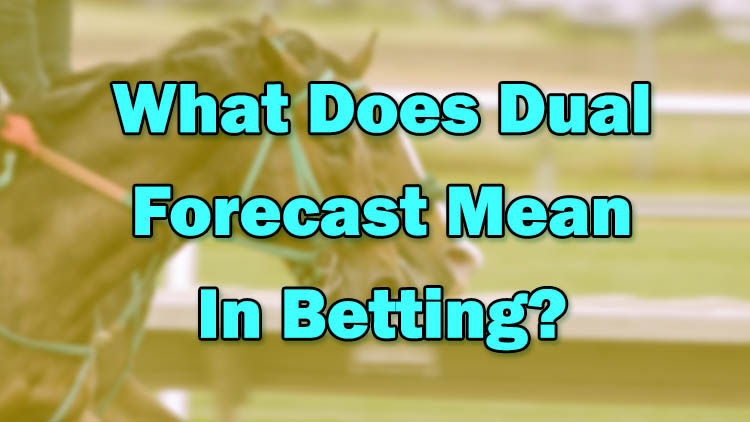
In the world of sports wagering, particularly in horse and greyhound racing, understanding the various betting options available can be extremely useful. One such betting option that has gained popularity among punters due to its unique structure and potential rewards is the Dual Forecast bet.
However, like most betting types, understanding what a Dual Forecast is and how it functions can initially seem perplexing. Hence, this Bezy Casino article aims to provide an in-depth explanation of Dual Forecast betting, including its various aspects and application in different sports.
What Is a Dual Forecast?
In the intriguing world of betting, a "Dual Forecast" offers a unique opportunity for both seasoned bettors and newcomers alike. Originating from horse racing but applicable across various sports, a Dual Forecast bet involves predicting the two participants or teams that will finish in the top two positions in no specific order.
This means that whether you're eyeing a horse race, a Formula 1 race, or a football league, you can place a Dual Forecast bet on the two participants you believe will outshine the rest without worrying about the exact order these two finish in. Essentially, you are predicting who you think will occupy the 1st and 2nd position without worrying about which comes first and which comes second of the two.
The beauty of a Dual Forecast bet lies in its simplicity and the increased chances of winning it offers compared to traditional betting. Instead of pinpointing the single winner, bettors have the leeway to select two, doubling the potential for a correct guess. It's an attractive option for those who believe they have a good idea about who the frontrunners will be but are uncertain about who will clinch the top spot.
Understanding and placing a Dual Forecast bet is straightforward. Choose the two competitors you expect to dominate, place your bet, and if they secure the first two places in any order, you win.
Dual Forecast Horse Racing Example
Imagine you're at a horse race, and after studying the lineup, you believe Horse A and Horse B are the strongest contenders. With a Dual Forecast bet, you decide to back both horses, betting on them to finish in the top two positions in any order.
Here's how it works: You place your Dual Forecast bet on Horse A and Horse B. The race begins, and the horses thunder down the track. In this scenario, the exact finishing order doesn't matter for your bet to win. If Horse A gallops into first place and Horse B follows in second - or vice versa, with Horse B leading and Horse A trailing right behind - you win your bet, provided it's Horse A and Horse B occupying the top 2 spots.
However, if neither or only one of the horses finishes in 1st or 2nd, then you lose your bet.
This example illustrates the Dual Forecast bet's allure: it simplifies the betting process by focusing on the top contenders without the need to predict the precise order of their finish.
Dual Forecast Football Example
Let's take a look at how a Dual Forecast bet works in football, focusing on a league scenario. Suppose you're analysing the Premier League and conclude that Manchester City and Arsenal are the most likely to finish at the top of the table, but you're unsure of their exact positions.
By placing a Dual Forecast bet on Machester City and Arsenal, you're betting that these two teams will occupy the first and second spots in the league, irrespective of who finishes first or second.
For example, the season progresses, and Manchester City and Arsenal dominate. Your Dual Forecast bet wins whether Manchester City clinches the title with Arsenal as runners-up or if Arsenal overtakes Manchester City to become champions, with Manchester City finishing second. This type of bet allows you to leverage your predictions on the top teams without having to specify their exact finishing order.
Again, if only one of these teams places 1st or 2nd, or neither of them does, then you lose your wager.
Dual Forecast vs Reverse Forecast
While "Dual Forecast" and "Reverse Forecast" are terms often used interchangeably in the betting world, they share the same core concept with a subtle distinction in some contexts. Both bets involve selecting two participants or teams to finish in the top two positions in no specific order.
The slight difference comes into play based on the betting platform or region. In some cases, a "Dual Forecast" is used specifically in sports like horse racing and greyhound racing, focusing on predicting the top two finishes without specifying the order. Meanwhile, a "Reverse Forecast" might be referred to in scenarios where two separate bets are placed on the same two entities to finish first and second, covering both possible outcomes in order.
However, this distinction is not universally applied, and in many cases, the two terms are considered synonymous, both offering bettors the flexibility to pick the top contenders without pinpointing the exact finishing sequence.
